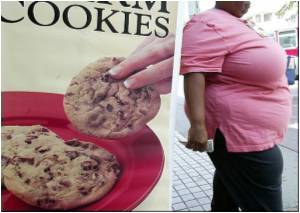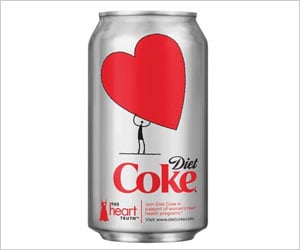Fewer TV food ads have been seen by US children between the years 2003 and 2007, although appealing advertising has targetted black kids more than whites, according to a study.

The racial gap in exposure also grew, the study's authors, Lisa Powell, Glen Szczypka and Frank Chaloupka of the Institute for Health Research and Policy, said after analyzing television ratings for children and adolescents from the Nielsen Media Research group.
African American children in all age groups saw more food ads per day than their white counterparts, which the authors of the study said was consistent with earlier findings that said US black kids watch more television than white cohorts.
In 2007, US children watched on average three hours and 23 minutes of TV per day.
More food advertisements appeared on after-school programs targeting African American kids than on shows aimed at a general audience, the study said.
African American kids in all three age groups saw around 1.5 times as many food ads a day as their white counterparts, and their exposure to fast-food ads was more than double that of their white counterparts, the study found.
The Institute of Medicine has said there is strong evidence television advertising influences short-term food consumption among young children, and studies have shown that food advertising "significantly influences children's food preferences/choices, caloric intake and purchase requests," the study says.
Meanwhile, on the good-news front, the sharpest drop in food ads was for sweets -- in particular candy bars and cookies -- which were down by 41 percent for very young TV viewers, by 29 percent for six- to 11-year-olds and by 12 percent for teens.
Adverts for sugar-sweetened soft drinks were also down substantially, and ads for bottled water were up, the study said.
But fast-food ads were up among all three age groups, and the researchers suspect that companies are trying to instill brand-loyalty starting at an early age.
"Children have been found to recognize brand logos at very young ages and a recent study found that preschoolers exhibited significantly higher preferences for food and beverage items in branded versus plain packaging," the study said, calling for stepped-up scrutiny of fast-food advertising targeting children.
Americans, and especially teenagers, are getting more and more of their calories from "away-from-home" sources, with fast-food outlets leading the charge, the study said.
Eating at fast-food places has been associated with higher caloric intake, greater consumption of fats, carbohydrates, and sugars, and a lower intake of fresh food and micro-nutrients.
Obesity rates among US children aged two to five, six to 11, and 12 to 19 years were estimated to be 12.4 percent, 17 percent and 17.6 percent respectively between 2003 to 2006, the study said.
The study did not analyze data for programming aired on Spanish-language television in the United States.
The US population of about 300 million, in 2008 was about 66-percent non-Hispanic white; 15 percent Hispanics of any race; 14 percent African-American; and five percent Asian-American.
Source-AFP
 MEDINDIA
MEDINDIA




 Email
Email










